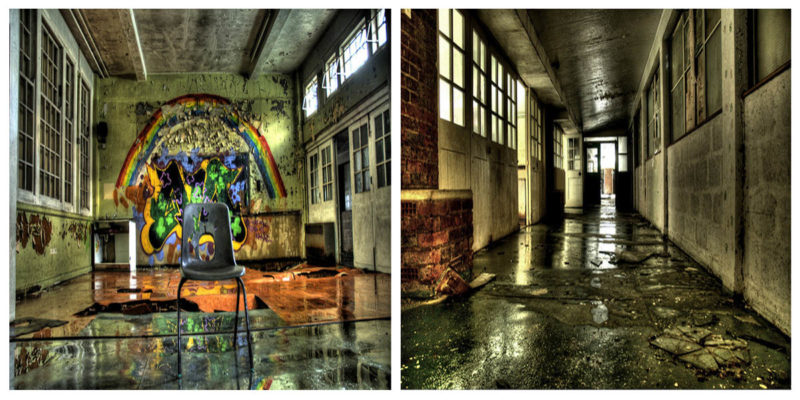Known as Harperbury Hospital for 61 years, now known as Kingsley Green, it has served as part of the local mental health service since 1928. The hospital is located in Hertfordshire, England, south-west of the village London Colney.
During the First World War much of the site was occupied by the London Colney Royal Flying Corps (RAF) aerodrome. Once the horrors of World War 1 were over, Middlesex County Council saw a perfect use for this old site as a new hospital for the disabled and mentally ill. So, in 1924, the council purchased the aerodrome along with 420 acres of land from the adjoining Porters Park Estate.
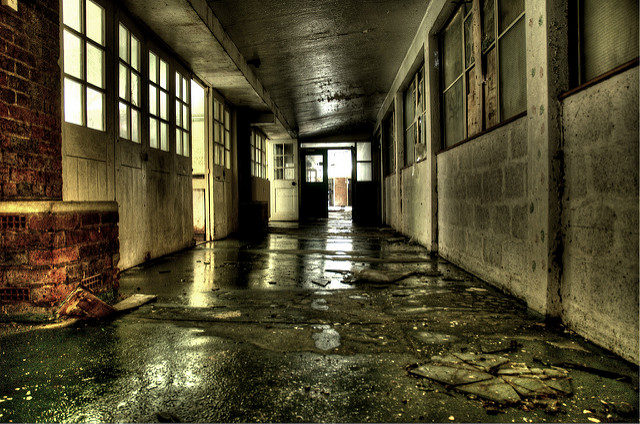
On October 25, 1928, the Hangers Certified Institution (as it was called back then) began its operation, taking it’s name from the three remaining airplane hangars found on the hospital’s ground. The first patients to arrive, eight males, were set to work with helping around the campus. Once the men had the hangers were cleaned out, they were converted into psychiatric wards so that more patients may be admitted.
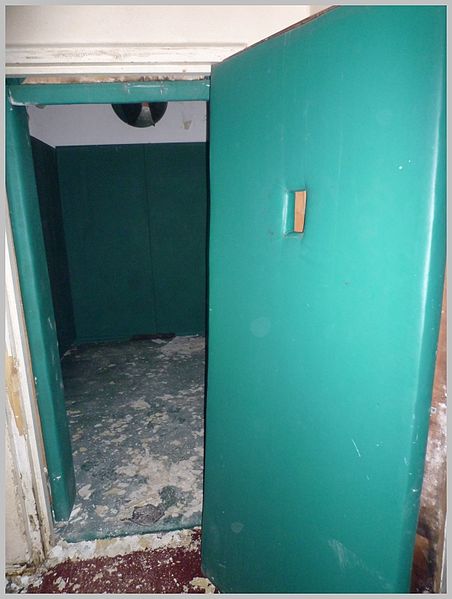
Soon there were eighty-six more male patients living, recovering and working. In 1929, a new construction project was on its way. The first one of the new buildings opened in February 1931, allowing the hospital to treat 340 resident male patients by December of that year.
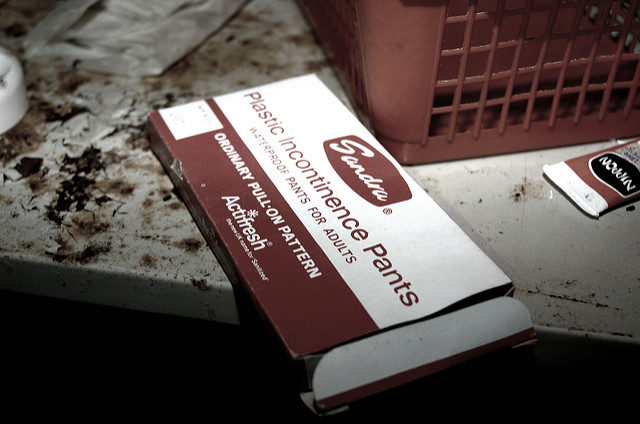
As well as increasing the space for patients, the project included a new nurse’s house, built to the west of the administration building. At some point, there were even tennis courts. Once the whole construction project was completed in 1936, the hospital was ready to work with a male, female, and paediatric patients.
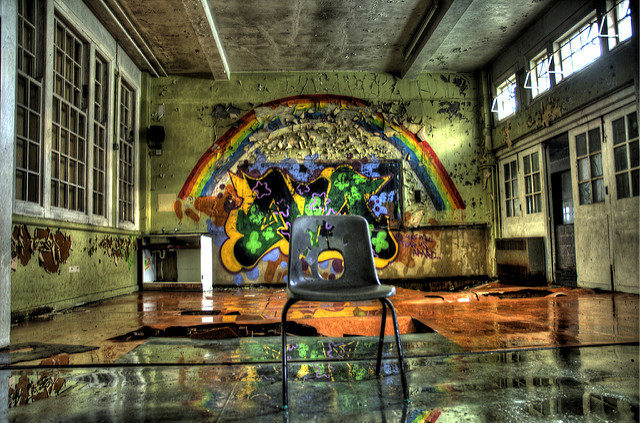
The hospital, now renamed Middlesex Colony, was formally opened in May 1936 by the Minister of Health Sir Kingsley Wood.
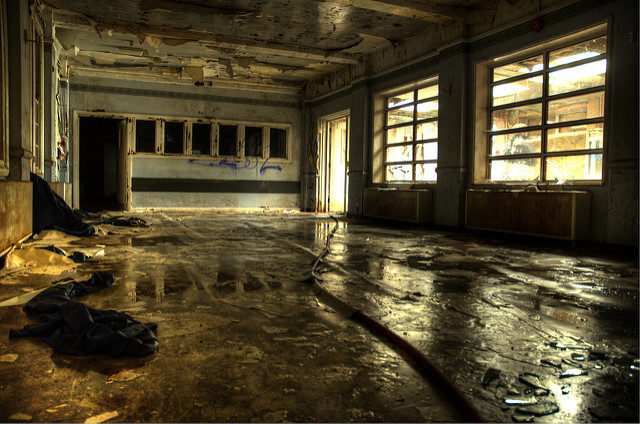
The design of this hospital was made in a way so that 1,355 patients could feel comfortable living there. The nursing staff came mainly from the United Kingdom, but also nurses that came from Europe, mainly from Belgium.
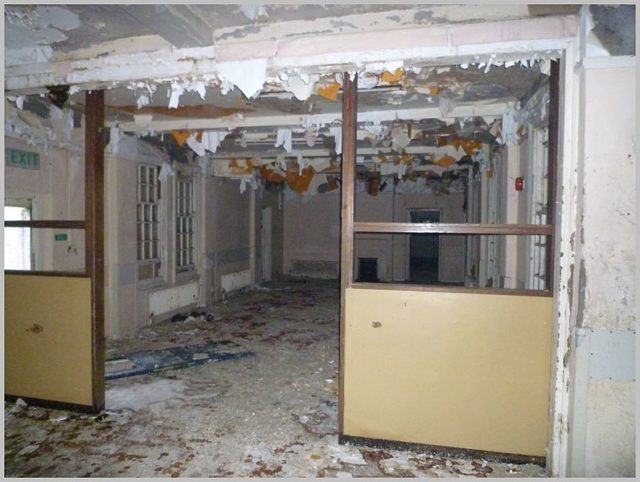
The idea was that the hospital wanted to be as self-sufficient as possible. In order to achieve that, all of the patients capable of work would do so, helping around the campus with various chores and on the hospital farm.
At the start of the Second World War, the hospital had 1,190 patients. The workflow of the hospital continued as before with the addition of the blackout rule, that all lights must be turned off during the night so that the hospital won’t become a German bombing target.
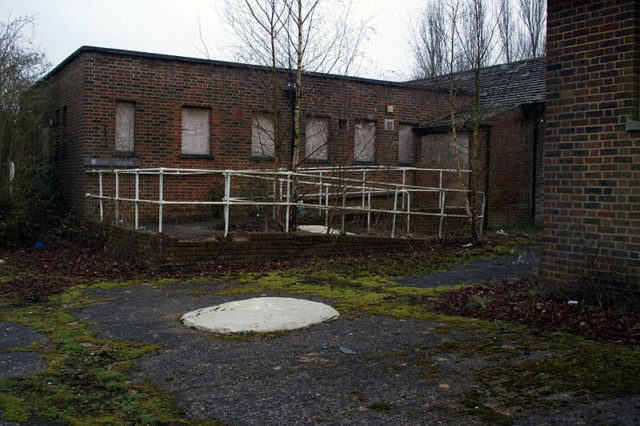
After World War two, control of the hospital was passed over from the county council to the National Health Service. Two years later the hospital was once more renamed, this time as Harperbury Hospital. By the start of the 1950s, the hospital’s capacity was 1,460 beds.
Over the next two decades, expansion of the hospital was once more active. Four more patient villas were built as well as a residential home for male nurses and patient facilities were added to and enhanced. There was even a clinical psychology unit to help better assess the mentally disabled, and a cerebal palsy unit was opened in 1960.
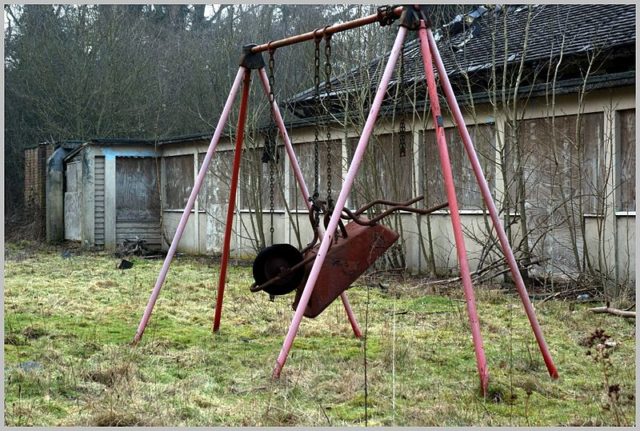
By 1973 the process of scaling down had begun. First, the hospital’s farm was closed as patients were taught new skills that would help them to become part of society.
The process of shutting down this hospital had more of a gradual nature. All of the various treatment facilities went in stages, however due to other institutions suffering the same fate, the decline of Harperbury had a brief hiatus around 1995 with the admission of patients transferred in from other hospitals. But by 2001 the hospital had only 200 patients left and, with this, it was considered to be officially closed.
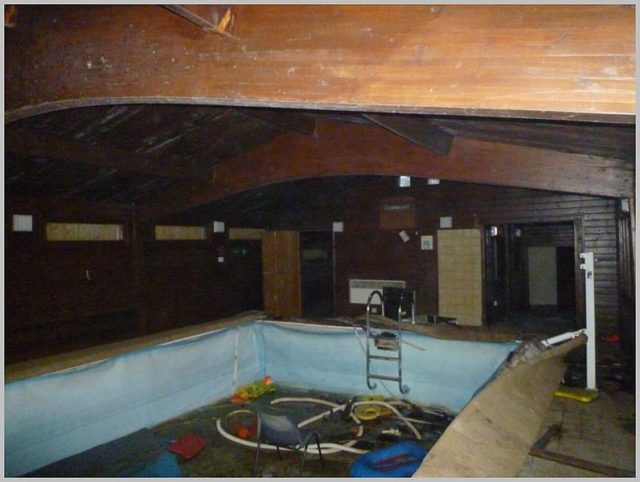
The process of closing down brings the inevitable abandonment. Much of the material and the hospital’s equipment was salvaged but the rest of it fell into ruin.
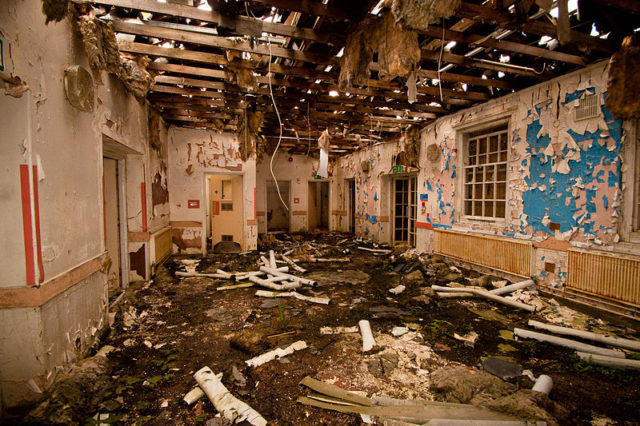
Today, besides the old decaying buildings, Hertfordshire Partnership University National Health Service Foundation Trust have renovated part of the central hospital buildings and so a number of mental health services are still in operation at Kingsley Green.
